B. Charan Teja
IRX-1D: A Simple Deep Learning Architecture for Remote Sensing Classifications
Oct 08, 2020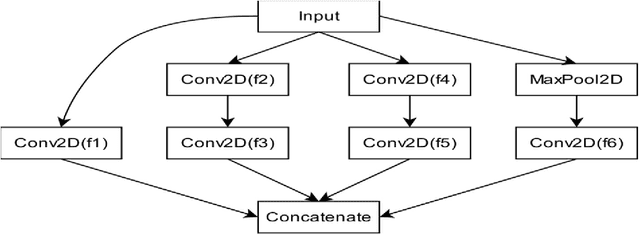


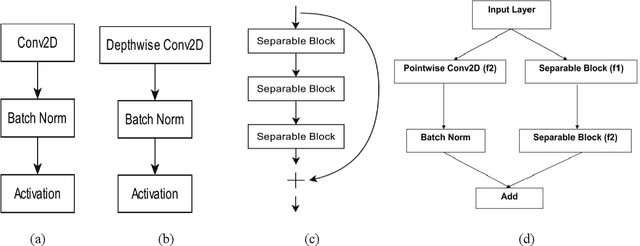
Abstract:We proposes a simple deep learning architecture combining elements of Inception, ResNet and Xception networks. Four new datasets were used for classification with both small and large training samples. Results in terms of classification accuracy suggests improved performance by proposed architecture in comparison to Bayesian optimised 2D-CNN with small training samples. Comparison of results using small training sample with Indiana Pines hyperspectral dataset suggests comparable or better performance by proposed architecture than nine reported works using different deep learning architectures. In spite of achieving high classification accuracy with limited training samples, comparison of classified image suggests different land cover classes are assigned to same area when compared with the classified image provided by the model trained using large training samples with all datasets.
Patch Based Classification of Remote Sensing Data: A Comparison of 2D-CNN, SVM and NN Classifiers
Jun 21, 2020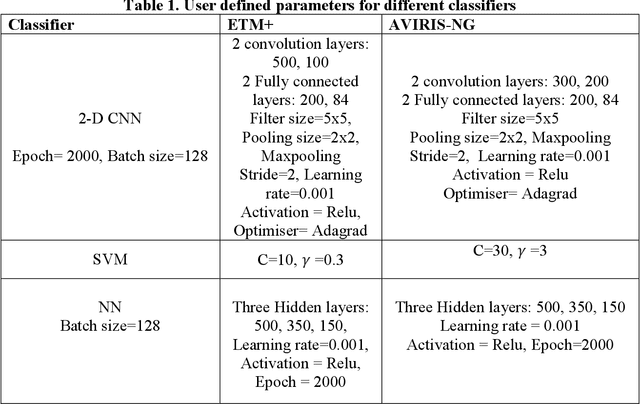
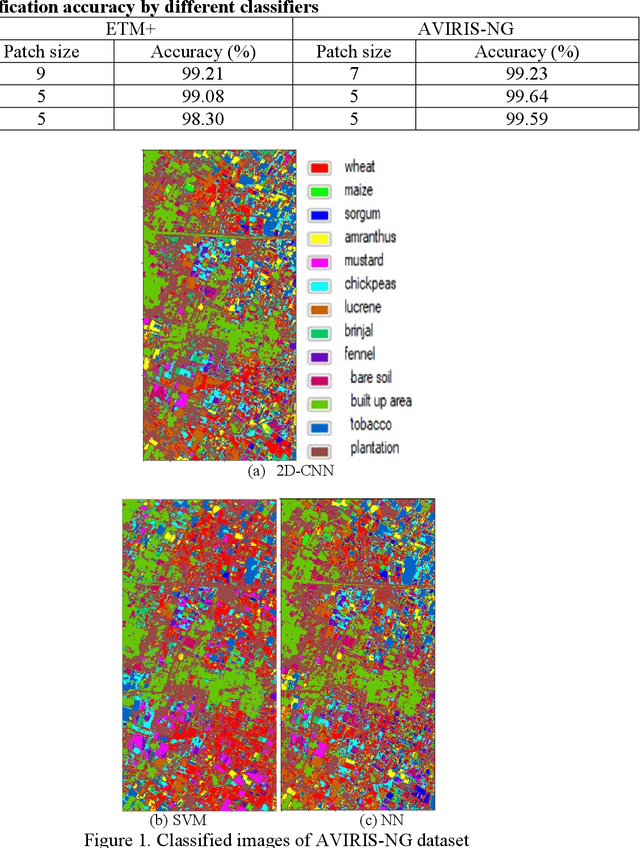
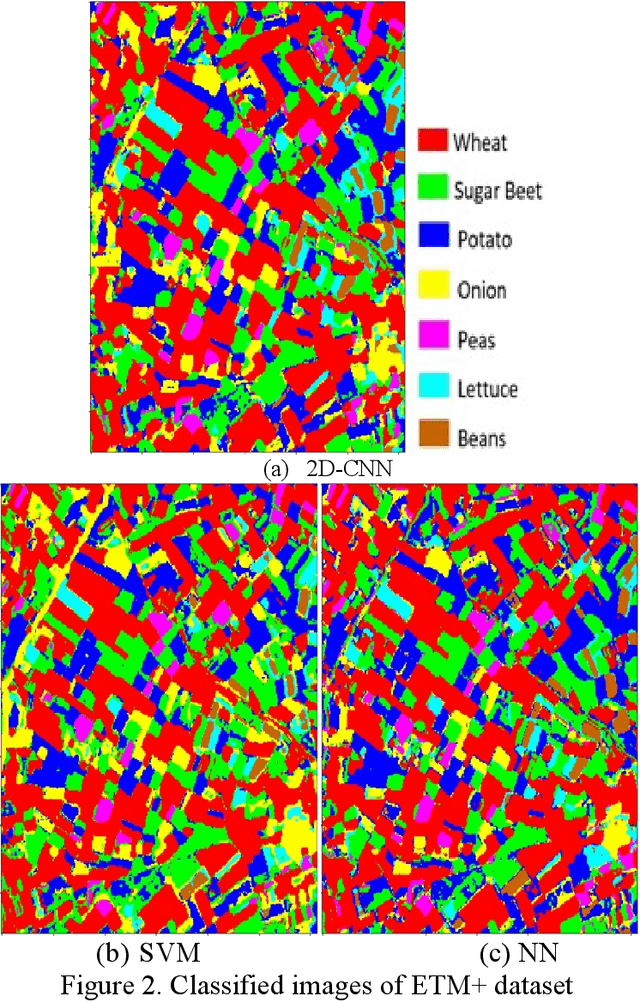
Abstract:Pixel based algorithms including back propagation neural networks (NN) and support vector machines (SVM) have been widely used for remotely sensed image classifications. Within last few years, deep learning based image classifier like convolution neural networks (2D-CNN) are becoming popular alternatives to these classifiers. In this paper, we compare performance of patch based SVM and NN with that of a deep learning algorithms comprising of 2D-CNN and fully connected layers. Similar to CNN which utilise image patches to derive features for further classification, we propose to use patches as an input in place of individual pixel with both SVM and NN classifiers. Two datasets, one multispectral and other hyperspectral data was used to compare the performance of different classifiers. Results with both datasets suggest the effectiveness of patch based SVM and NN classifiers in comparison to state of art 2D-CNN classifier.
 Add to Chrome
Add to Chrome Add to Firefox
Add to Firefox Add to Edge
Add to Edge